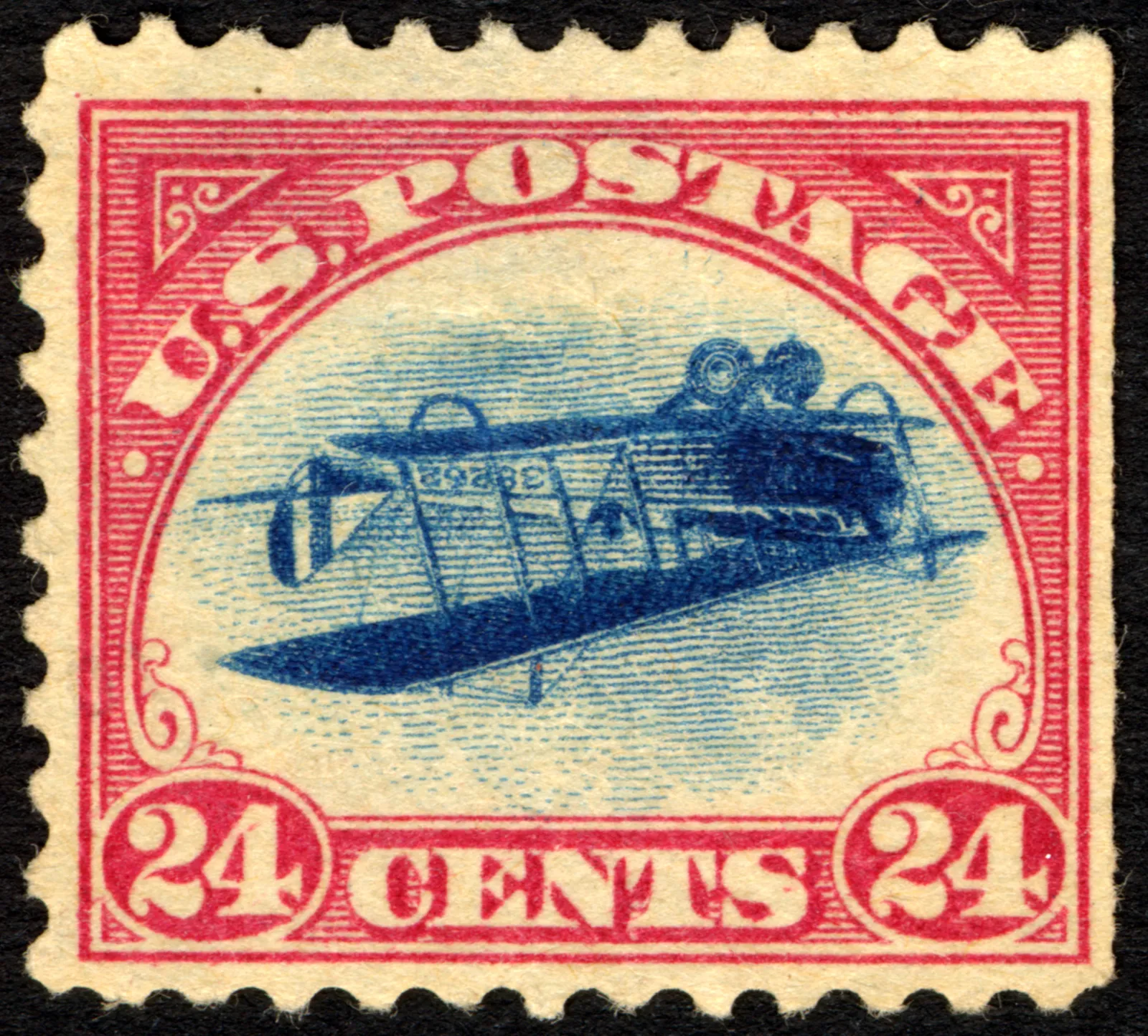- Messages
- 15,896
- Location
- Halifax, Republic of Yorkshire
- Thread Starter
- #17
Very valid though, and it certainly made me consider the actual manufacturing process rather than just being a product of a period (of months) of switchover. I'd obsessed about the handle, being late 1930s and into the 1940s; the very end of the New production. That handle, the orientation of the stamp being a New ... maybe it's starting to fit together as a simple mistake or maybe a runout of production time or material without having to change too much of the tooling.
Having worked in factory production I know I've been there ... shhh
Having worked in factory production I know I've been there ... shhh



